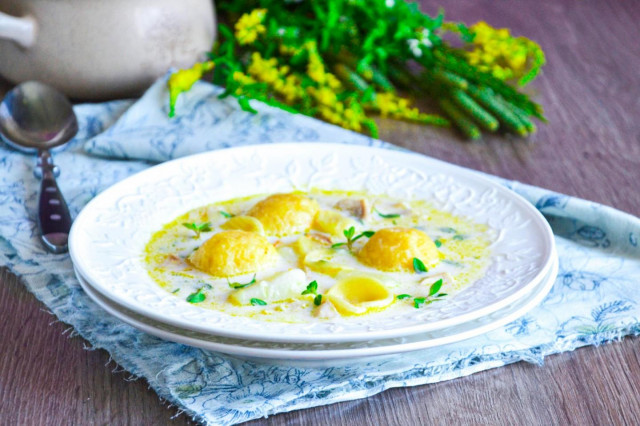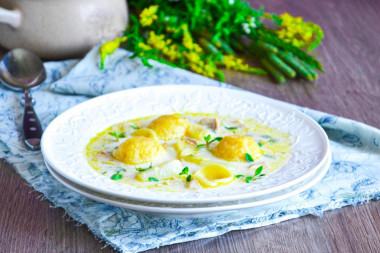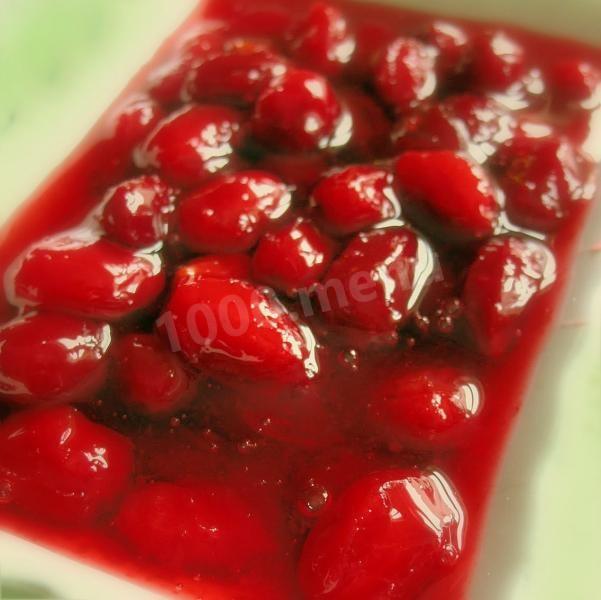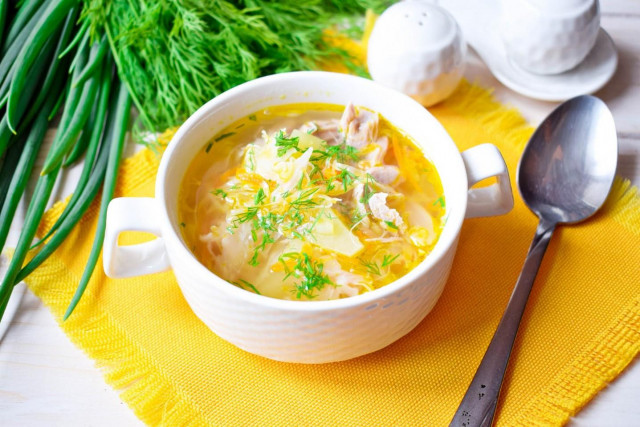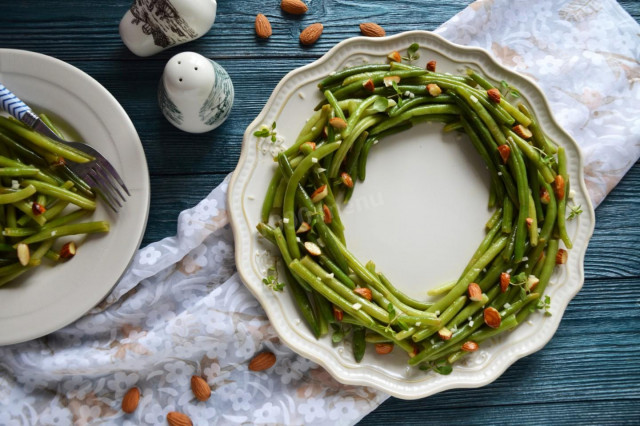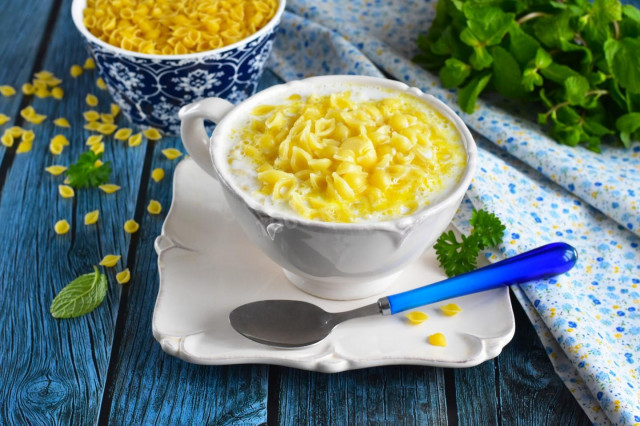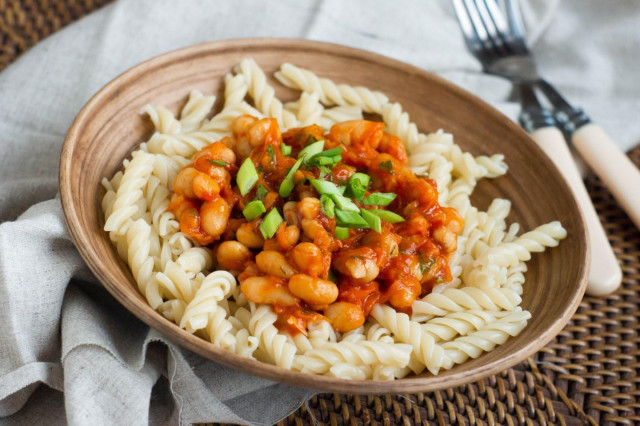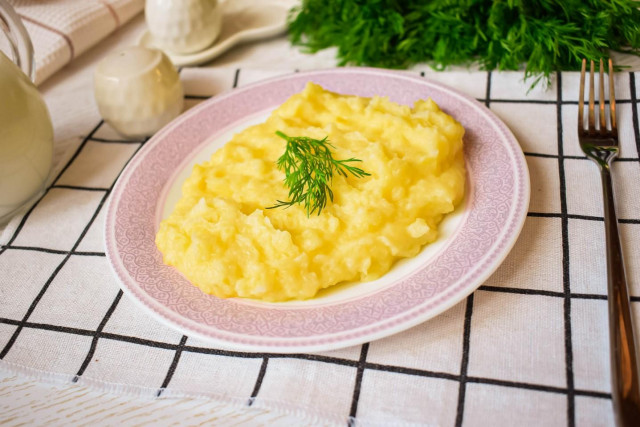Composition / ingredients
Step-by-step cooking
Step 1:
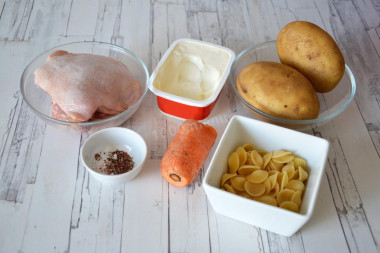
How to cook soup with cheese balls? Prepare the products. Chicken for soup is suitable for any part of it — breast, thighs, shins, you can also take the whole carcass and cut it yourself. Cheese, as the main ingredient of the soup, should be of very high quality and natural, without vegetable additives. Choose pasta of hard varieties, they will not boil when cooking. Wash the vegetables well.
Step 2:
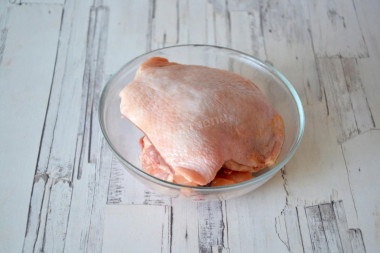
Wash the chicken, pour clean cold water and put it on medium heat. Bring to a boil, turn down the heat and cook the broth, removing the foam, for about 45 minutes. The exact time depends on the chicken — which part of it and its size.
Step 3:
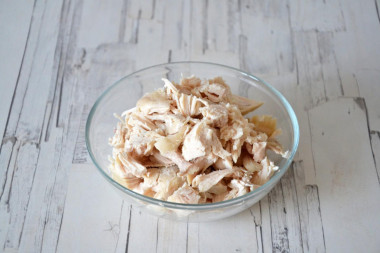
Remove the finished chicken from the broth. Cool slightly and separate the meat from the bones. Cut the meat into small pieces.
Step 4:
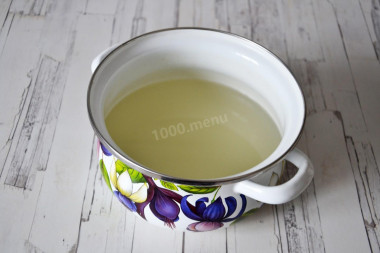
Strain the broth and return to the fire. Bring it to a boil again.
Step 5:
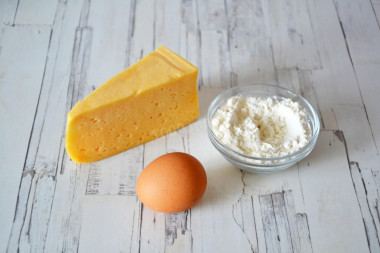
Prepare the cheese balls. Prepare the products. Choose delicious, high-quality cheese for balls, without milk fat substitutes.
Step 6:
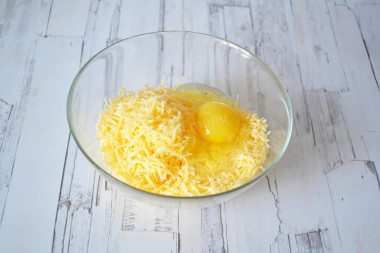
Grate the cheese on a fine or medium grater. Add the egg and mix thoroughly. Be sure to wash the eggs before use, as even the seemingly clean shell may contain harmful bacteria. It is best to use food detergents and a brush.
Step 7:
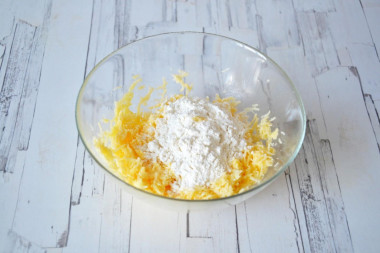
Add flour.
Step 8:
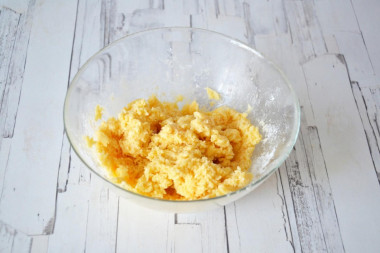
Mix everything thoroughly. You should get a sticky homogeneous mass.
Step 9:
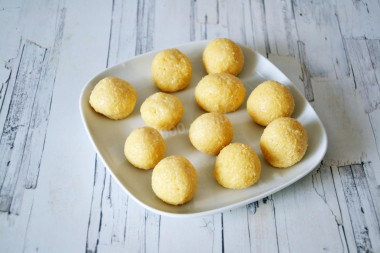
Form small balls from the resulting mass with wet hands.
Step 10:
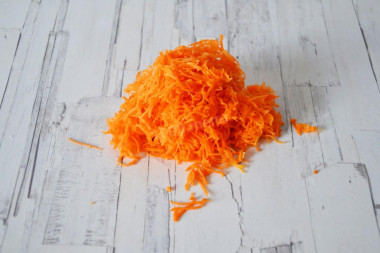
Peel and grate the carrots.
Step 11:
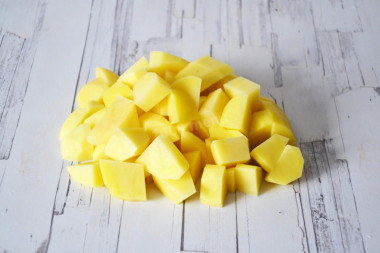
Peel the potatoes and cut them into cubes.
Step 12:
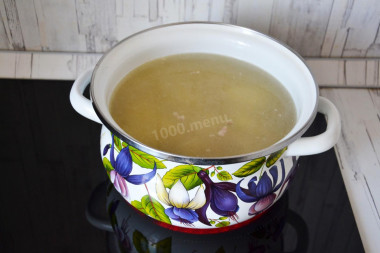
Add meat and potatoes to the boiling broth. Bring to a boil, cook, stirring, for 5 minutes on low heat.
Step 13:
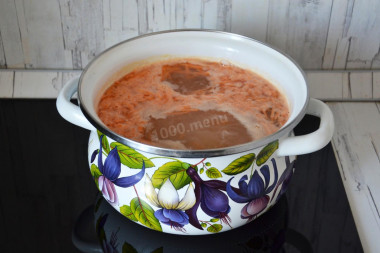
Add grated carrots and pasta. Add salt and pepper to taste. Bring to a boil again and cook the soup for about 10 more minutes until the pasta is ready. Read the exact cooking time on the pasta packaging.
Step 14:
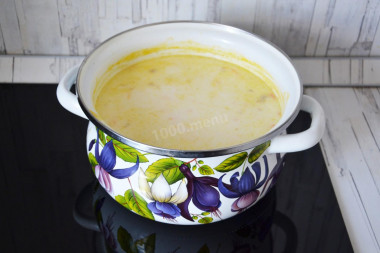
Add melted cheese to the soup. Stir until the cheese is completely dissolved.
Step 15:
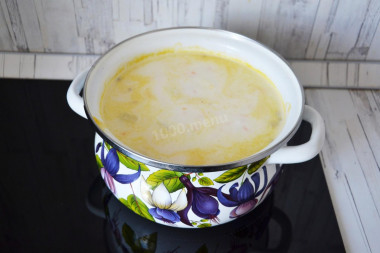
As soon as the soup boils again, put the cheese balls in it. Cook them for 2-3 minutes.
Step 16:
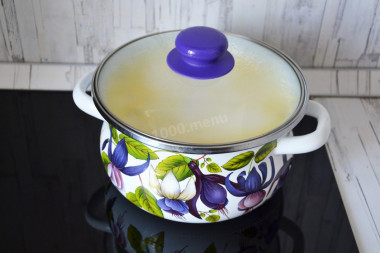
Let the soup stand under the lid for 5-7 minutes and pour it on plates.
Step 17:
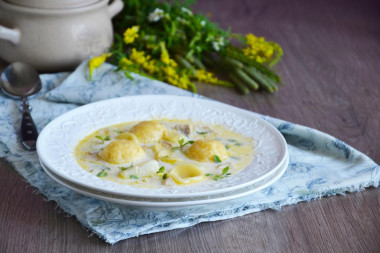
When serving, you can sprinkle the soup with fresh herbs. Bon appetit!
Important! Regardless of whether the amount of water for soup is indicated in the recipe or not, it is best to focus on your own preferences (thick or more liquid soup you like), as well as on the size of your pan and the products taken for cooking. Do not forget that the author has his own view on the amount of meat, potatoes, cereals and other ingredients in the soup, which may not coincide with yours. In practice, this means that if you are cooking for the first time, you should not cook a whole pot at once. Make a soup for tasting - for one or two people. To do this, reduce the amount of all ingredients according to the recipe to 1-2 servings, and take the amount of water from the calculation: from one cup per serving - if the soup is very thick, to 1.5-2 cups - if more liquid. Do not forget to take into account that part of the liquid will boil off during the cooking process. After tasting a small portion of soup, you can adjust both the amount of liquid and the proportions of ingredients to your taste. In the future, like most experienced housewives, you will be able to pour water for soup and lay the ingredients “by eye".
How to cook pasta properly, how to cook pasta al dente, how to choose a quality product to avoid disappointment and much more, read the article "Pasta and pasta - the subtleties of choice and secrets of cooking" .
For cooking, it is better to use filtered or bottled water that is neutral to taste. If you use tap water, keep in mind that it can give the dish an unpleasant characteristic taste.
Calorie content of the products possible in the composition of the dish
- Ripe potatoes - 80 kcal/100g
- Baked potatoes - 70 kcal/100g
- Mashed potatoes - 380 kcal/100g
- Boiled potatoes - 82 kcal/100g
- Potatoes in uniform - 74 kcal/100g
- Fried potatoes - 192 kcal/100g
- Chicken egg - 157 kcal/100g
- Egg white - 45 kcal/100g
- Egg powder - 542 kcal/100g
- Egg yolk - 352 kcal/100g
- Ostrich egg - 118 kcal/100g
- Carrots - 33 kcal/100g
- Dried carrots - 275 kcal/100g
- Boiled carrots - 25 kcal/100g
- Dutch cheese - 352 kcal/100g
- Swiss cheese - 335 kcal/100g
- Russian cheese - 366 kcal/100g
- Kostroma cheese - 345 kcal/100g
- Yaroslavsky cheese - 361 kcal/100g
- Altai cheese 50% fat content - 356 kcal/100g
- Soviet cheese - 400 kcal/100g
- Cheese "steppe" - 362 kcal/100g
- Uglich cheese - 347 kcal/100g
- Poshekhonsky cheese - 350 kcal/100g
- Lambert cheese - 377 kcal/100g
- Appnzeller cheese with 50% fat content - 400 kcal/100g
- Chester cheese with 50% fat content - 363 kcal/100g
- Edamer cheese with 40% fat content - 340 kcal/100g
- Cheese with mushrooms of 50% fat content - 395 kcal/100g
- Emmental cheese with 45% fat content - 420 kcal/100g
- Gouda cheese with 45% fat content - 356 kcal/100g
- Aiadeus cheese - 364 kcal/100g
- Dom blanc cheese (semi-hard) - 360 kcal/100g
- Lo spalmino cheese - 61 kcal/100g
- Cheese "etorki" (sheep, hard) - 401 kcal/100g
- White cheese - 100 kcal/100g
- Fat yellow cheese - 260 kcal/100g
- Altai cheese - 355 kcal/100g
- Kaunas cheese - 355 kcal/100g
- Latvian cheese - 316 kcal/100g
- Limburger cheese - 327 kcal/100g
- Lithuanian cheese - 250 kcal/100g
- Lake cheese - 350 kcal/100g
- Gruyere cheese - 396 kcal/100g
- Processed cheese with 60 % fat content - 354 kcal/100g
- Processed cheese with 45 % fat content - 294 kcal/100g
- Cheese "megle" - 590 kcal/100g
- Tartar cheese - 348 kcal/100g
- Cheese "cheese "shavru" (goat) - 173 kcal/100g
- Viola cheese - 307 kcal/100g
- Ground black pepper - 255 kcal/100g
- Whole durum wheat flour fortified - 333 kcal/100g
- Whole durum wheat flour, universal - 364 kcal/100g
- Flour krupchatka - 348 kcal/100g
- Flour - 325 kcal/100g
- Salt - 0 kcal/100g
- Water - 0 kcal/100g
- Chicken breast - 113 kcal/100g

